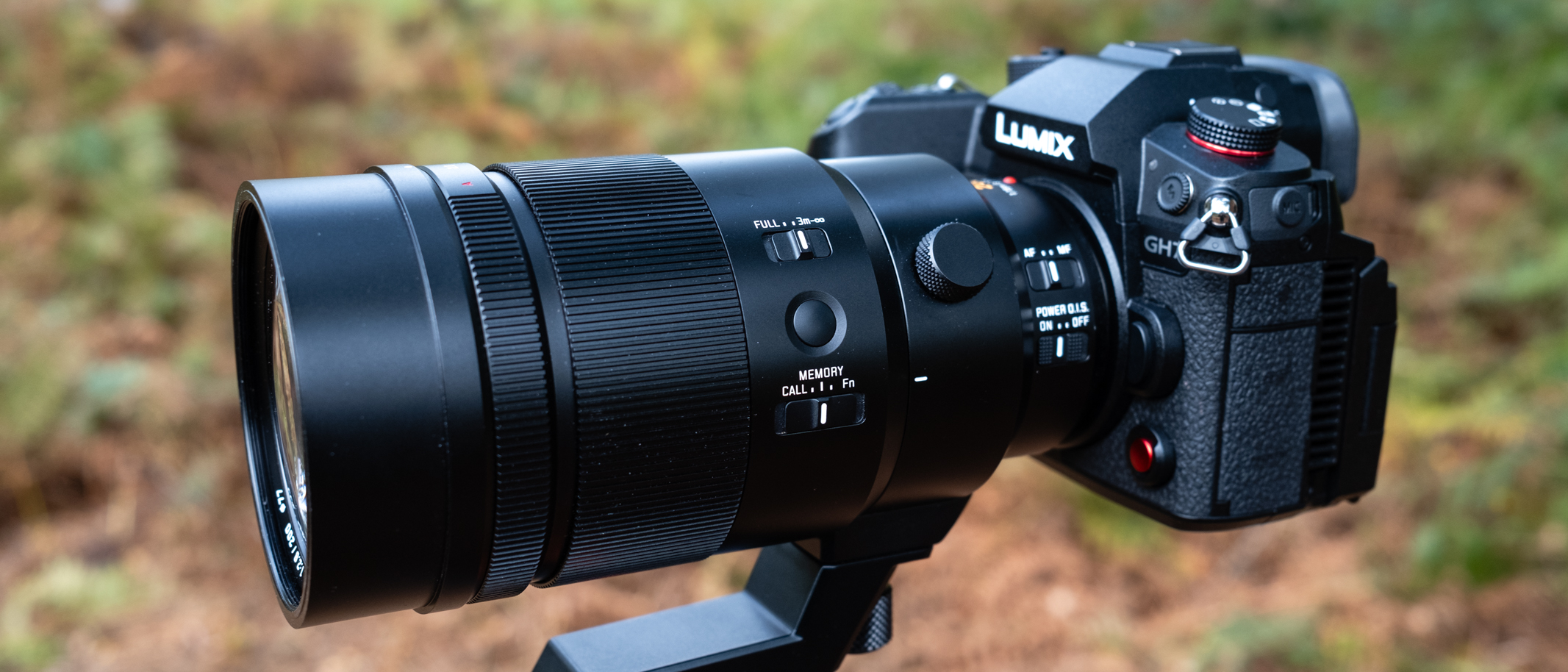Live Science Verdict
The Panasonic Leica DG Elmarit 200mm f/2.8 POWER O.I.S is a highly capable performer offering excellent image quality and a 400mm equivalent focal length, and comes complete with a 1.4x teleconverter.
Pros
- +
Excellent image quality
- +
400mm equivalent focal length
- +
1.4x teleconverter included
Cons
- -
Expensive
- -
Lens hood is deep
- -
Fixed focal length
Why you can trust Live Science
Type: MFT prime lens
Focal length: 200mm (400mm equivalent)
Maximum aperture: f/2.8
Lens mount: Micro Four Thirds
Weight: 43.92 oz / 1,245 g
Dimensions: 6.85 x 3.44 in / 174 x 87.5 mm
Filter thread: 77 mm
Release date: November 2017
When it comes to lenses, it’s fair to say that in most situations, the more you pay, the better the quality of the lens. Of course, there are exceptions to this rule of thumb, but with the Panasonic Leica DG Elmarit 200mm f/2.8 POWER O.I.S you really are getting a lens that performs at a high level.
Like most Micro Four Thirds (MFT) lenses, this telephoto is incredibly compact and lightweight considering the focal length on offer. But don’t be fooled by the 200mm aspect: MFT has a crop factor of 2x, which puts the equivalent focal length of the 200mm f/2.8 at a wildlife-friendly 400mm.
As the name suggests, this lens is a collaboration between Panasonic and Leica, so as you’d expect it delivers excellent image quality and fantastic handling. What’s more, the autofocus is fast, silent and reliable, while the build quality and features on offer are what you’d expect from a high-end lens.
For added convenience, the tripod collar features an Arca-Swiss-compatible foot, so you can attach the lens to Arca-Swiss-compatible tripod heads. Plus, the lens comes with a 1.4x teleconverter in the box that extends focal length to a 560mm equivalent — making it even more suitable for wildlife photography and shots of the moon, for example.
The 200mm f/2.8 is an expensive lens at $2,999 / £2,699, but that’s still less expensive than comparable full-frame lenses. It’s also much smaller and lighter. Another great feature of MFT lenses is that they’re compatible with both Panasonic Lumix and OM System (Olympus) MFT cameras, so you can mix and match lenses between the two manufacturers.
Panasonic Leica DG Elmarit 200mm f/2.8 POWER O.I.S: Design
- Compact and lightweight
- Solid build quality
- Manual aperture ring
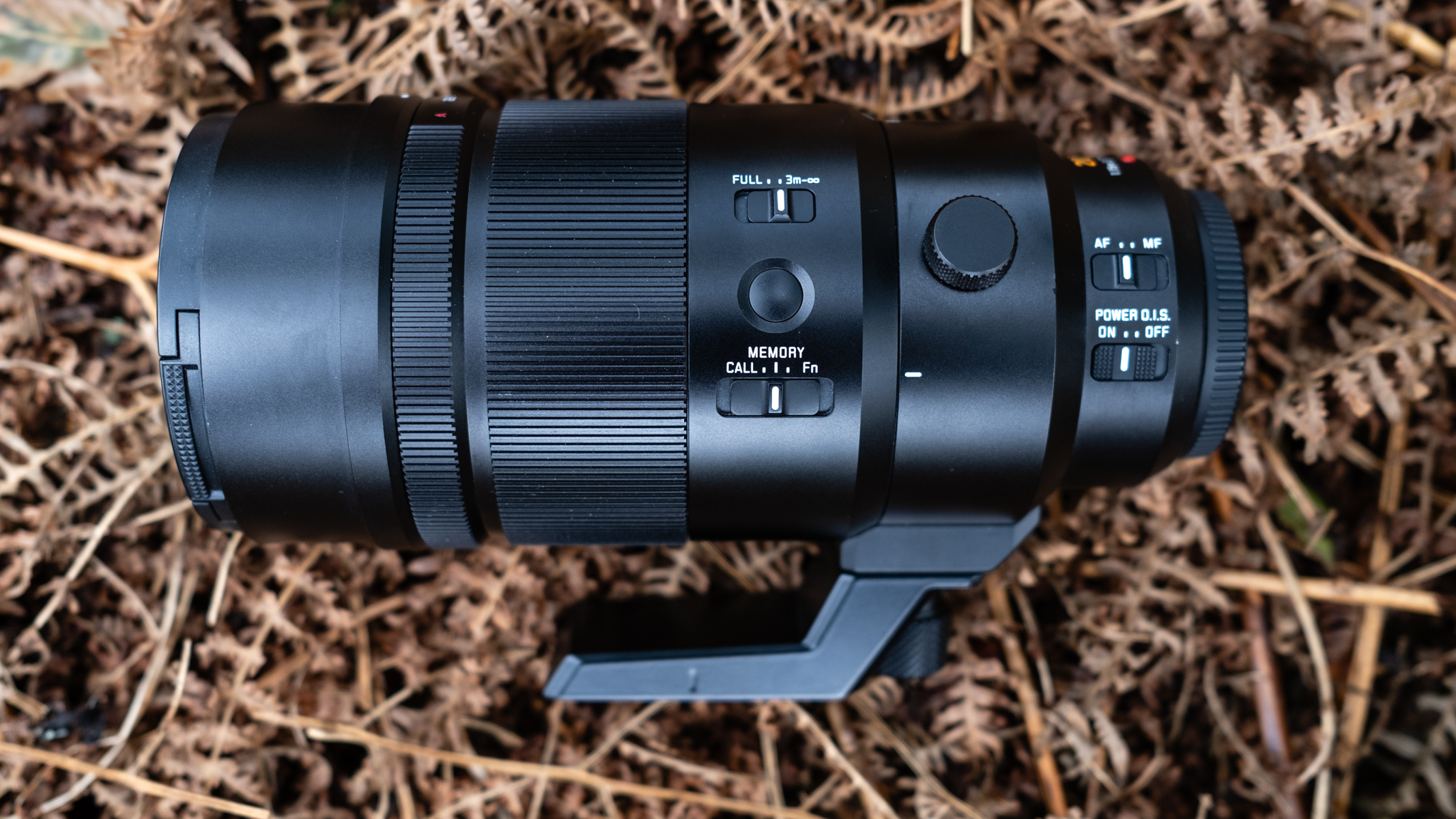
When you first see the 200mm f/2.8 you can’t help but be amazed at the compact size and light weight, considering the effective focal length is 400mm. The lens is only 6.85 x 3.44 in / 174 x 87.5 mm, so almost half the length of a football, with a weight of just 43.92 oz / 1,245 g. The low weight also means it balances well with Panasonic Lumix cameras such as the GH7.
Whether you’re shooting wildlife with the camera and lens attached to a gimbal head, or the moon and night sky attached to a standard tripod head, the tripod foot can be attached to any tripod plate. Better still, if the tripod head is Arca-Swiss-compatible you can attach the foot on the rotatable collar directly to the head for greater convenience.
Get the world’s most fascinating discoveries delivered straight to your inbox.
Adding further convenience, direct access controls include a manual focus/autofocus switch, a Power OIS switch for Optical Image Stabilization, an autofocus limiter switch for setting the full range or from 3m to infinity, an Fn button and a memory switch.
The Fn button can be programmed using a compatible camera body, while the memory switch can be used to set a pre-determined focus distance that can be recalled when required.
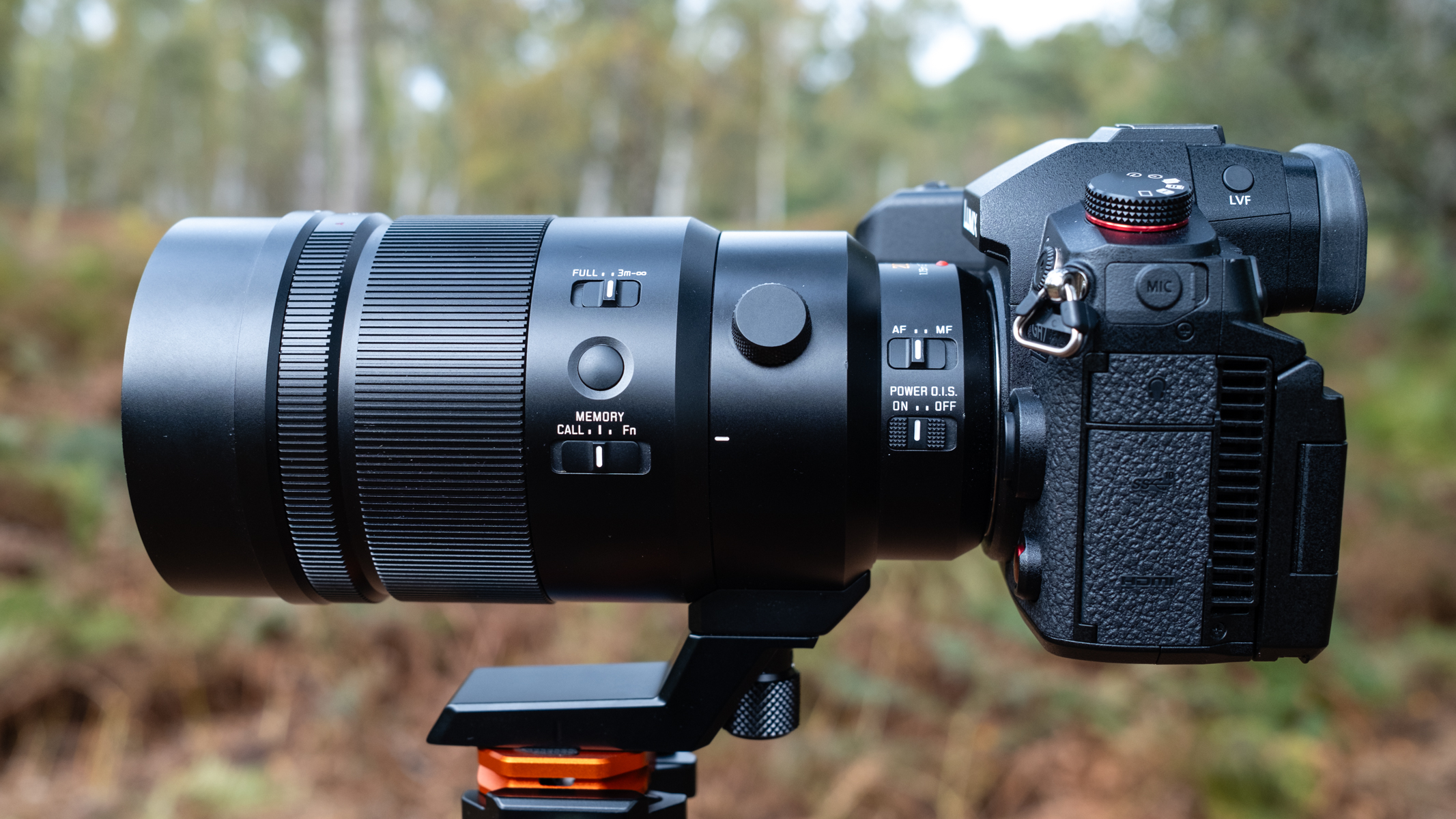
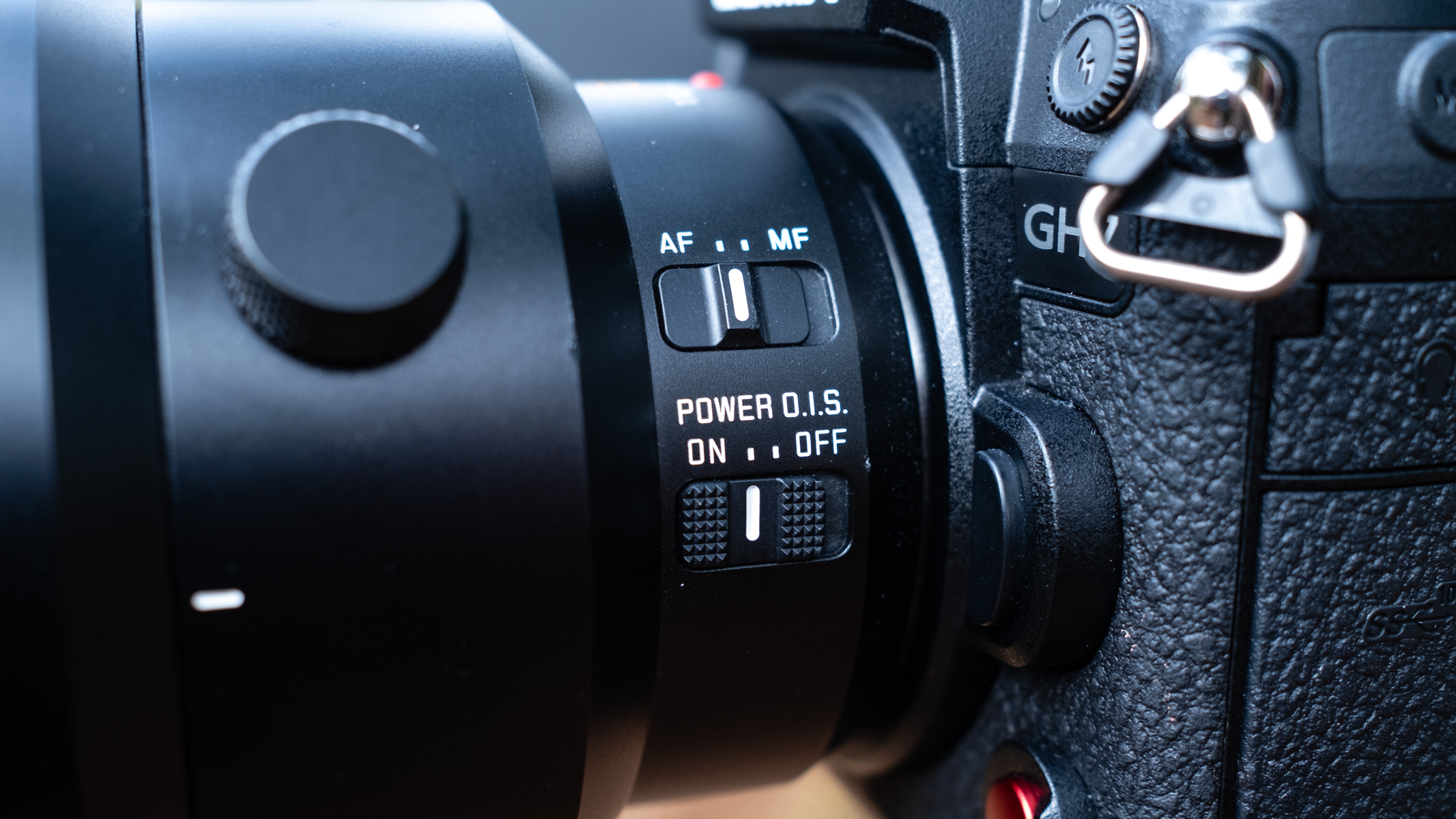
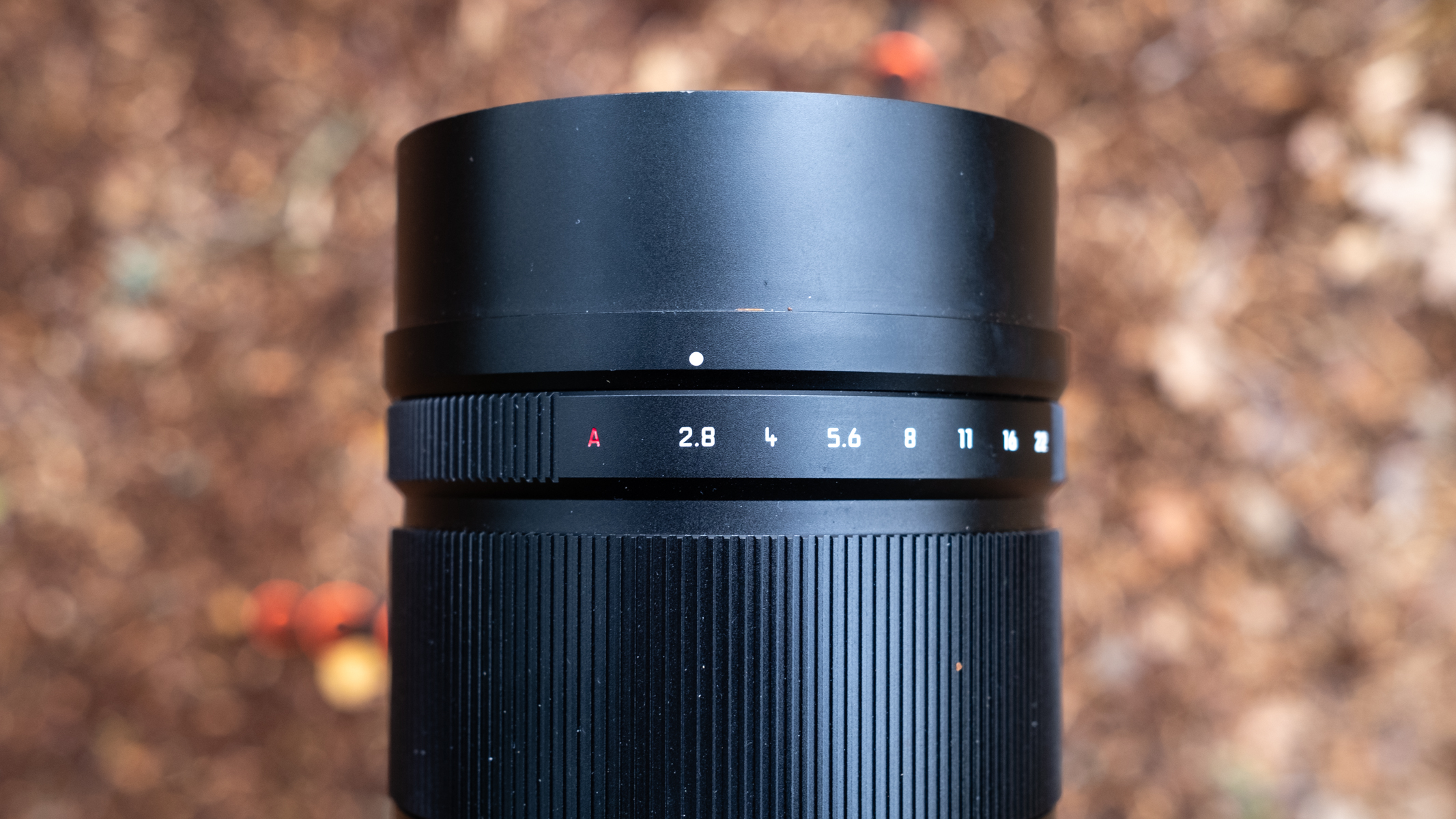
There’s also a manual aperture ring that covers f/2.8 to f/22 with increments between. This can be used manually or set to A, where the aperture can be adjusted via the camera body instead.
The optical construction consists of 15 elements in 13 groups with two UED elements. The circular aperture uses nine diaphragm blades and the front element features a 77mm filter thread, making it a great size for circular and square filters if and when required.
Being a professional-level lens, build quality is absolutely solid with a weather-resistant, splash-, dust- and freezeproof construction. This is to be expected because a lens of this type this is most likely to be used for landscape, wildlife, sports and night sky photography, where cold temperatures and poor weather are commonplace.
Panasonic Leica DG Elmarit 200mm f/2.8 POWER O.I.S: Functionality
- Excellent Optical Image Stabilization
- 1.4x teleconverter included
- Fast, silent autofocus
Teleconverters are most often an add-on that you either buy or not depending whether you need one. The 200mm f/2.8 does, however, come with a 1.4x teleconverter included that can be attached to the lens. This will extend the focal length from the 400mm equivalent to a 560mm equivalent.
The great thing about this is that it essentially provides two focal lengths with a single prime lens, which undoubtedly adds value and versatility. One point to note here is that when using the 1.4x teleconverter, the maximum aperture is reduced from f/2.8 to f/4.
If you’d prefer to extend the reach of the lens further, to an 800mm equivalent, there is a 2x teleconverter that’s available separately. This makes the lens even more suitable for wildlife and moon shots, but the only caveat is that the maximum aperture in this situation is reduced by 2 stops to f/5.6. But for an 800mm, this is of little consequence for depth of field, although light-gathering capabilities are naturally reduced.
Autofocus is fast and silent and, when paired with a G-series or OM System cameras with subject detection set to Animals, it’s incredibly effective for wildlife photography and undoubtedly assists with capturing sharp shots. The silent aspect is also useful for video capture in situations where autofocus is required, although manual focus is more commonly used for video capture.
The minimum focusing distance of the lens is 3.8 ft / 1.15 m, which is quite impressive for a lens with a 400mm equivalent focal length. This does offer close-up possibilities, which is perfect for natural world photography, and thoe capabilities can be further enhanced using a third-party close-up lens/filter if close-up/macro photography is something you enjoy.
The 200mm f/2.8 features Optical Image Stabilization that works well to provide up to 7.5 stops of compensation. This allows you to shoot at shutter speeds much slower than you could without, and it can be paired up with in-body Image Stabilization (IBIS) for even more successful stabilization.
Panasonic Leica DG Elmarit 200mm f/2.8 POWER O.I.S: Performance
- Great overall image quality
- Sharpest from f/2.8 to f/5.6
- The teleconverter is fantastic
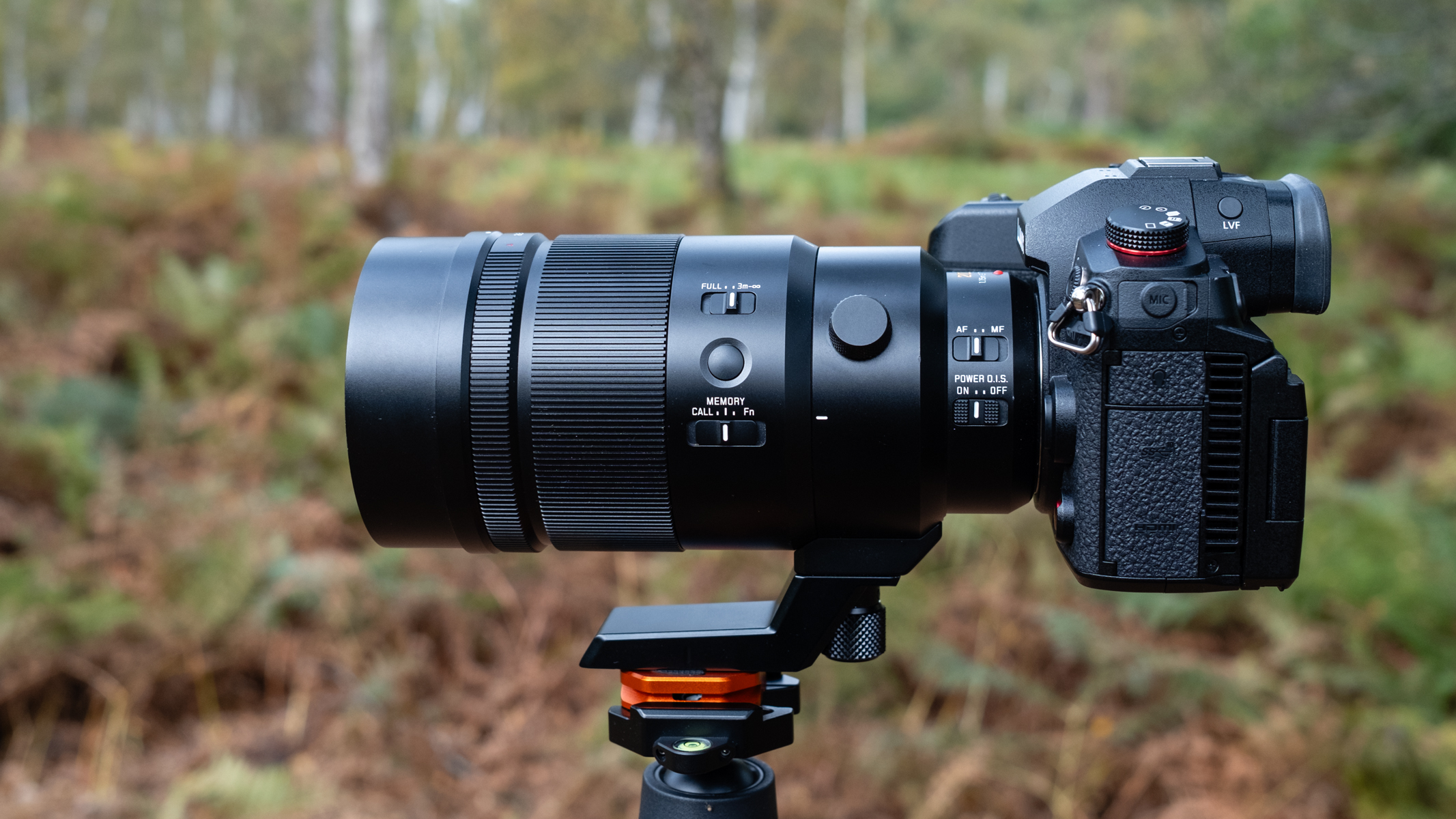
In standard operation at 200mm, image quality is excellent and the fast f/2.8 aperture helps to keep ISO levels lower than when stopping down the aperture. Images taken at this maximum aperture are nice and sharp, with the f/2.8 to f/5.6 range producing the sharpest result.
The sweet spot, the point where detail is resolved at its sharpest, is around f/4, although the depth-of-field isn’t at its largest. f/5.6 is, in most situations, the narrowest aperture that produces a large depth of field before stopping down further begins to introduce diffraction.
What’s impressive with the lens is that there’s little to no discernible chromatic aberration or distortion present in images. There is a small amount of vignetting at f/2.8 which is easily removed manually in Lightroom since there’s no lens profile available, but the amount present is tiny. This quickly disappears as you begin to stop down the aperture.



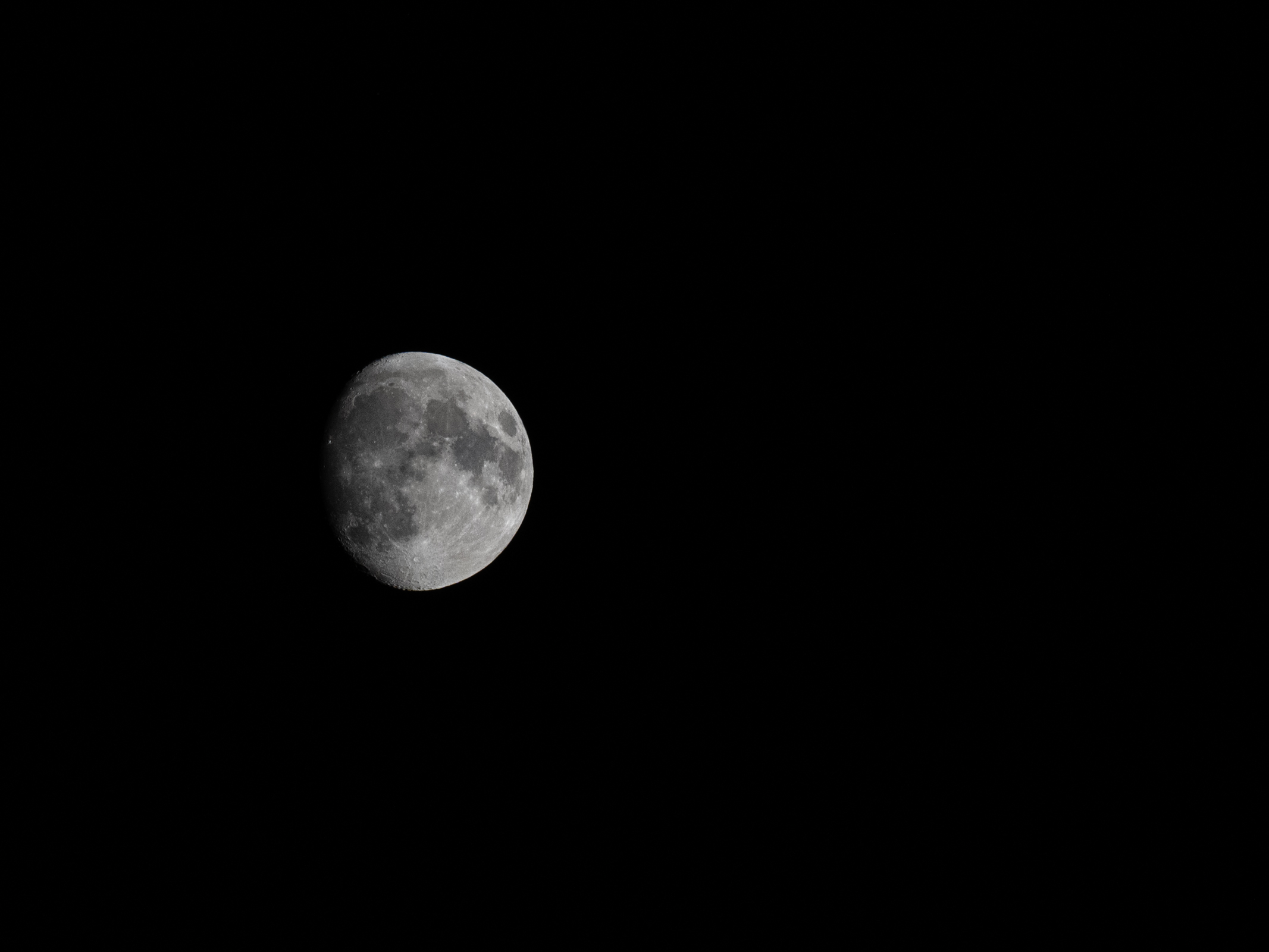
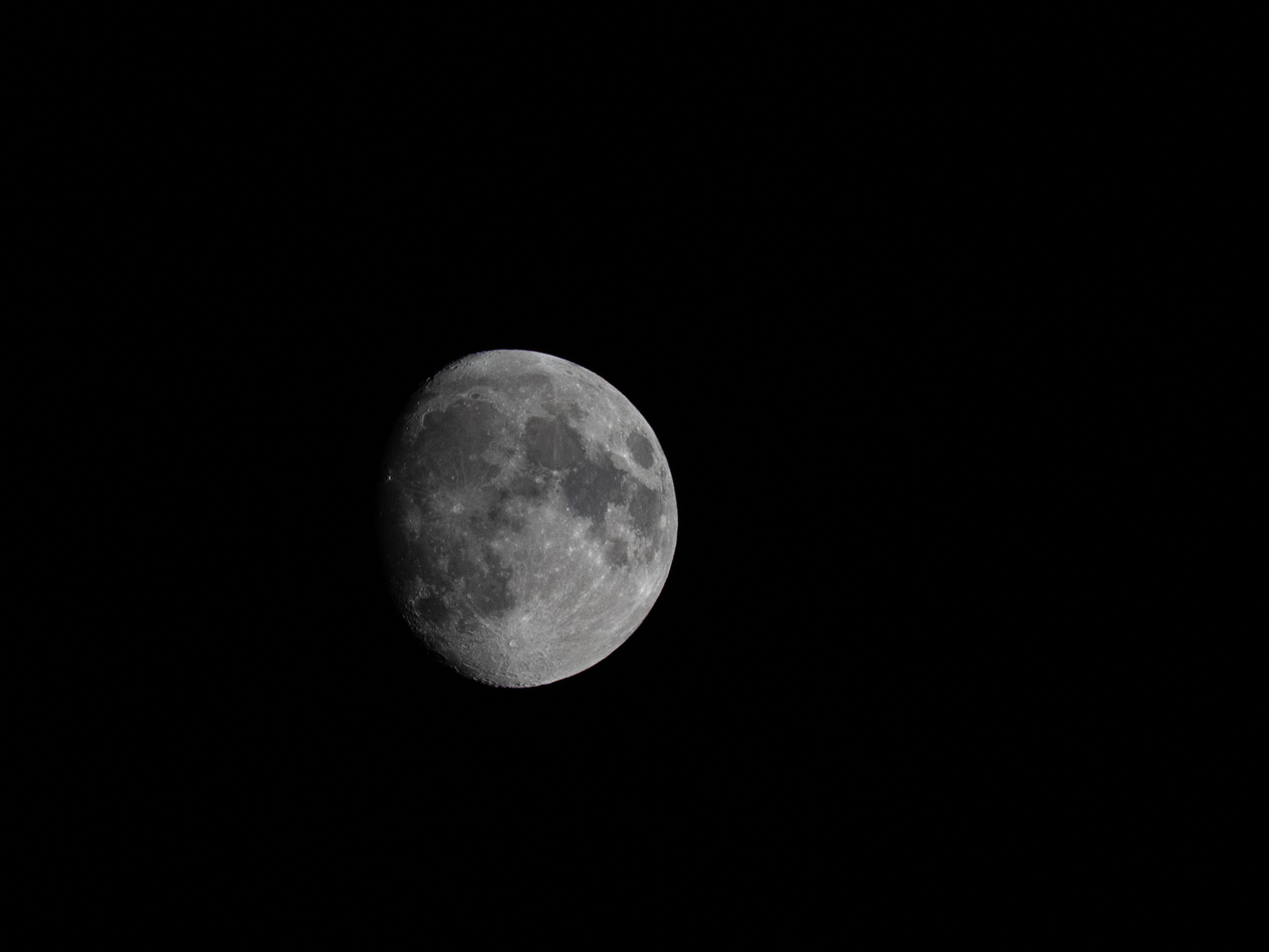
Teleconverters always reduce image quality to a degree, as well as reducing the maximum aperture by a factor of stops that depends on the strength of the teleconverter. But even when the 1.4x teleconverter is attached to the lens, the autofocus here performs well and the reduction of the maximum aperture to f/4 doesn’t cause any issues. Detail remains crisp even when shooting at high ISO settings such as ISO 4000.
The 1.4x teleconverter that takes the equivalent focal length to a 560mm equivalent isn’t quite enough to capture the moon without cropping the photo. It works just fine, but cropping remains as essential as when shooting without the teleconverter. For moon photography, the 2x teleconverter that extends the equivalent focal length to 800mm is the better option if your budget extends that far.
Should you buy the Panasonic Leica DG Elmarit 200mm f/2.8 POWER O.I.S?
The 200mm f/2.8 is a fantastic lens for wildlife, nature, landscape and night sky photography where a long focal length is required. Image quality is excellent and its compact, lightweight build is a breath of fresh air for a lens of this focal length.
If you’re looking for a long telephoto lens, this is a fantastic option to consider, but it’s not cheap at $2,999 / £2,699. That being said, it is a high-quality professional lens and the inclusion of the 1.4x teleconverter and the availability of an optional 2x teleconverter make this a highly versatile option.
If the Panasonic Leica DG Elmarit 200mm f/2.8 POWER O.I.S isn't for you
The Panasonic Leica DG Elmarit 200mm f/2.8 POWER O.I.S is expensive, so if you’d like a more affordable telephoto lens there are a couple of telephoto zooms that are worth considering.
The Panasonic 100-400mm f4-6.3 Leica DG VARIO-ELMAR ASPH POWER O.I.S II offers a versatile equivalent focal range of 200-800mm and is less expensive than the 200mm f/2.8.
Another option is the Panasonic 100-300mm f4.0-5.6 II LUMIX G VARIO, which offers an equivalent focal range of 200-600mm and is the least expensive telephoto zoom available.
James is an award-winning freelance landscape and portrait photographer, as well as a highly experienced photography journalist working with some of the best photography magazines and websites with a worldwide audience. He’s also the author of The Digital Darkroom: The Definitive Guide to Photo Editing. www.jamesaphoto.co.uk
